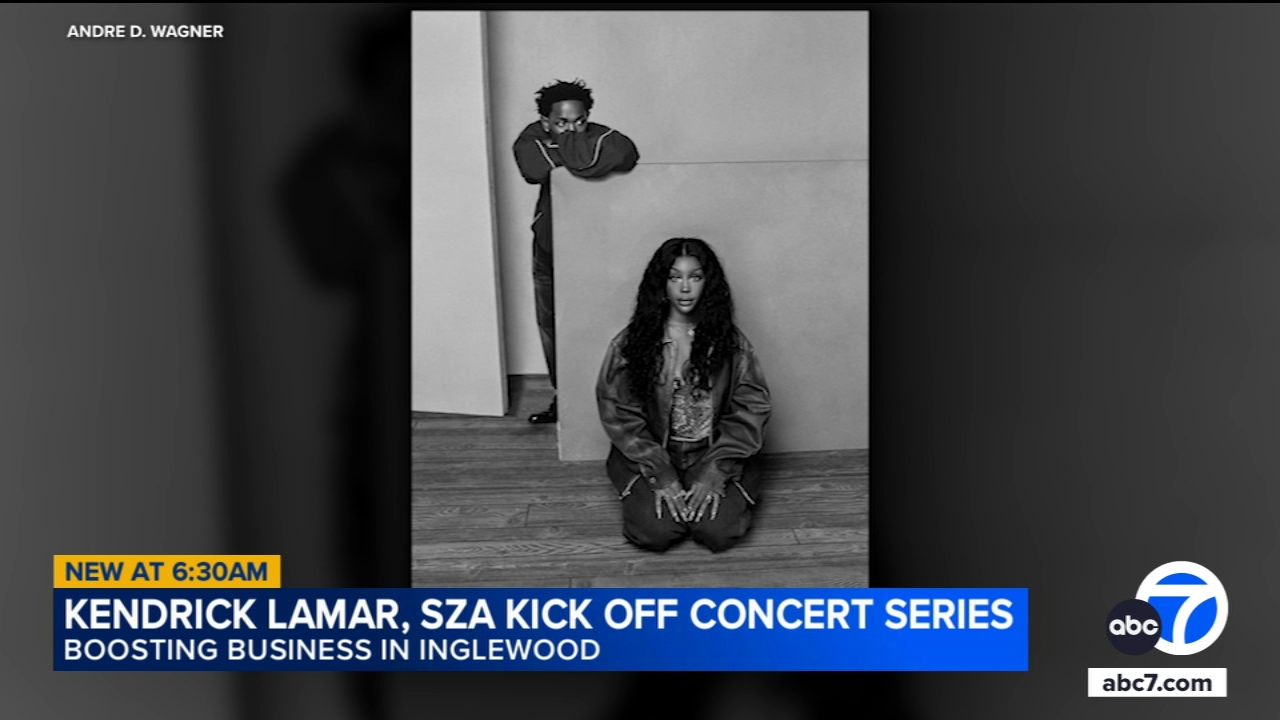Sports and Real Estate: The New Age Trend
In today’s world, sports have evolved into an enormous commercial enterprise. For clubs desiring to be feature on Forbes’ richest sports franchises list, it is essential to tap into multiple sources of income. This includes exploring revenue avenues that weren’t traditionally associated with sports, like real-estate development. The Atlanta Braves, hosts of this week’s Major League Baseball All-Star festivities, and the NFL’s Los Angeles Rams and Chargers, are prime examples in this field.
Sports revenue isn’t solely about the profits reaped from the sports stadium. Engaging with the spaces around the venue is equally important. Successful clubs are often those who find ways to exploit not just their stadia, but also seize a considerable chunk of earnings that sail in from the retail stores, hospitality establishments, restaurants, and mixed-use spaces in proximity to the arena.
The idea is to create multiple brick-and-mortar sporting destinations like sports books, so as to exploit the lucrative casino revenue stream as well. A club needs to amass wealth in order to invest in assembling and sustaining a formidable team. In essence, today’s sports clubs need to don the mantle of real estate specialists in context of their home stadium and its immediate precincts.
However, not all organizations have favorable geographical conditions to tap into this gold mine. A notable example in this context is the Baltimore Ravens. The M&T Bank Stadium, home to the Ravens, is surrounded by land that is seemingly impossible to convert into a revenue-generating asset in the same vein as the Rams/Chargers and Braves have done.
On its east side, the M&T Bank Stadium stands adjacent to a freeway, a housing project, and a low-income residential area. The western and southern perimeters are largely occupied by industrial entities, while the northern side houses parking lots for Oriole Park at Camden Yards.
Despite its business potential, it is fortuitous to imagine a version of Wrigleyville—referring to the commercial spaces that fringe the Wrigley Field—around The Bank. The dearth of quality eateries and watering holes in the stadium’s vicinity present a significant disadvantage, as these have proven to heighten fan experiences at other venues. Ideally, these amenities could be provided while still maintaining much-needed parking and rail access.
While it is a common trope to bemoan the economic downswing Baltimore underwent amidst the de-industrialization spurred by globalization, this isn’t the time or place for delving into it. Even hypothetically relocating M&T Bank Stadium to Federal Hill, arguably the city’s most aesthetically pleasing area, wouldn’t present an opportunity to ape the business models of Rams, Chargers, or Braves.
The idea of relocation for commercial purposes is not often well received. When the Atlanta Braves decided to move to the suburbs, many cast doubt on the decision. Nevertheless, the success of their business model suggests that such a move could be necessary to develop, sustain, and subsequently broaden a team-oriented region.
This concept of relocation is further demonstrated by the construction of SoFi Stadium, erected on the site that was formerly home to a horse racing track. The Chicago Bears are apparently taking cues and intending to replicate this model. The practicality of this approach lies in locating vast, unoccupied tracts of land that are still within a comfortable distance of a major city.
However, this commercial drive and implied detachment from the city poses a conundrum. Sports teams should ideally stay true to their roots and remain within the city, symbolizing a sense of belonging and affinity. But the desire to win consistently tugs teams in the opposite direction, necessitating the need for abundant resources for investment.
We live in a period characterized by fierce capitalism and pressures of materialism. The famous aphorism ‘Get Rich or Die Tryin’ by the artist 50 Cent resonates louder than ever before in this context. Perhaps our desire to witness our teams triumph consistently comes with an implied acceptance of what many may perceive as a ‘sell-out’ approach to sports.


